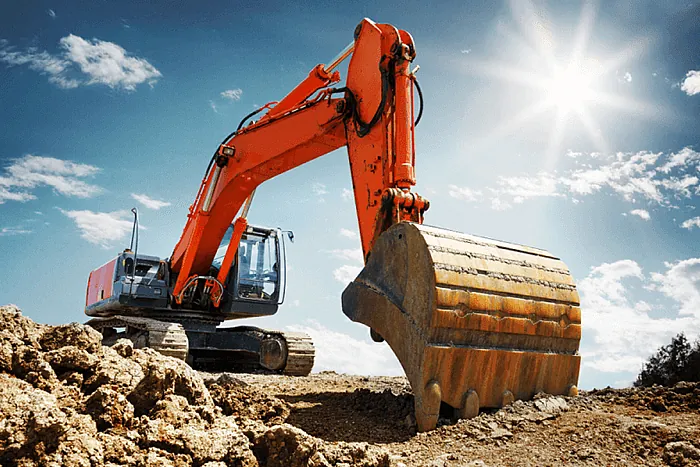Enhancing Workplace Safety in Heavy Equipment Operations

Working with Heavy Equipment in construction sites presents significant hazards that can lead to severe injuries or even fatalities if not properly managed.
Understanding and addressing these dangers is crucial to ensuring the safety of workers and bystanders. Here, we delve into key risks, causes of accidents,
types of dangerous machinery, common injuries, and hazard controls to optimize workplace safety.
1. Proper Training and Safety Awareness: Lack of adequate training and hazard awareness is a primary contributor to heavy equipment accidents.
Operators must undergo comprehensive training to understand safety protocols, perform equipment checks, and mitigate risks effectively.
Continuous education and reinforcement of safety procedures are essential to promote a culture of safety across construction sites.
2. maintenance and Guarding: Operating machinery without proper guards or neglecting maintenance increases the risk of injuries.
Regular inspections and maintenance routines should be implemented to ensure machinery is in optimal condition.
Additionally, guards must be installed and maintained to safeguard workers from potential hazards, minimizing the risk of accidents.
3. Risk Assessment and Prevention: Employers must conduct thorough risk assessments to identify potential hazards associated with Heavy Machinery.
Implementing robust risk prevention programs, including hazard controls and safety protocols, mitigates risks and enhances overall workplace safety.
Workers should be educated about the risks involved and equipped with the knowledge to address them effectively.
4. Personal Protective Equipment (PPE): Proper utilization of PPE is essential to protect workers from injuries.
Employers should mandate the use of appropriate PPE, including hard hats, safety glasses, gloves, and safety vests, to mitigate the impact of accidents.
Regular inspections and enforcement of PPE usage contribute to a safer work environment.
5. Operational Practices: Adhering to safe operational practices is critical in minimizing accidents.
Operators should exercise caution during maneuvers such as backing up, loading, and unloading,
especially in challenging conditions like uneven surfaces or proximity to power lines.
Strict adherence to safety protocols and effective communication among workers further reduce the likelihood of accidents.
Conclusion
Ensuring the safety of heavy equipment operations requires a multi-faceted approach encompassing training, maintenance, risk assessment, PPE utilization, and adherence to operational practices. By addressing key dangers and implementing robust safety measures, construction sites can significantly reduce the risk of
accidents and create a safer working environment for all personnel involved. Prioritizing safety not only protects individuals from harm but also enhances
productivity and fosters a culture of responsibility and accountability in the construction industry.
Why Choose SAIVS™ as Your Supplier?
Committed to innovation and customer needs, SAIVS specializes in high-quality machinery components for diverse industries like construction, mining, and agriculture. They offer a wide range of parts, including undercarriage components for popular brands, ensuring optimal performance and durability. values customer satisfaction, providing competitive prices, fast shipping, and exceptional service to keep your operations running smoothly.